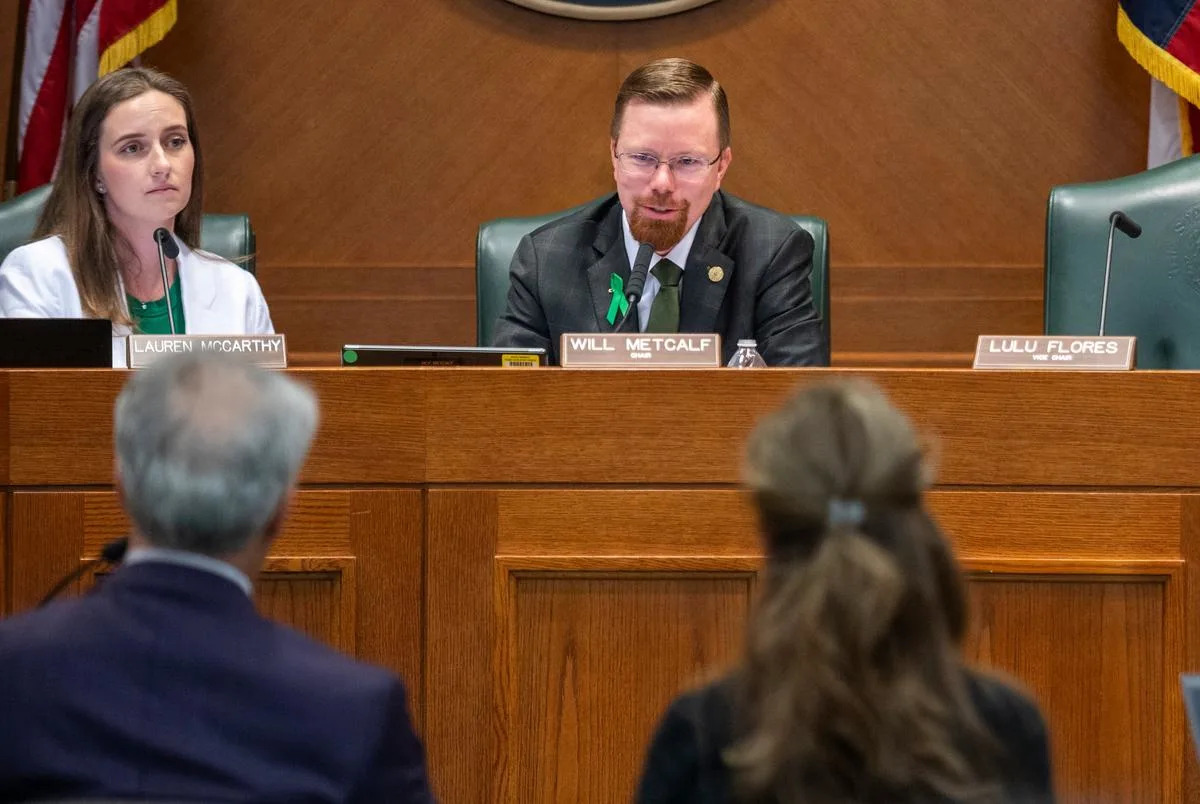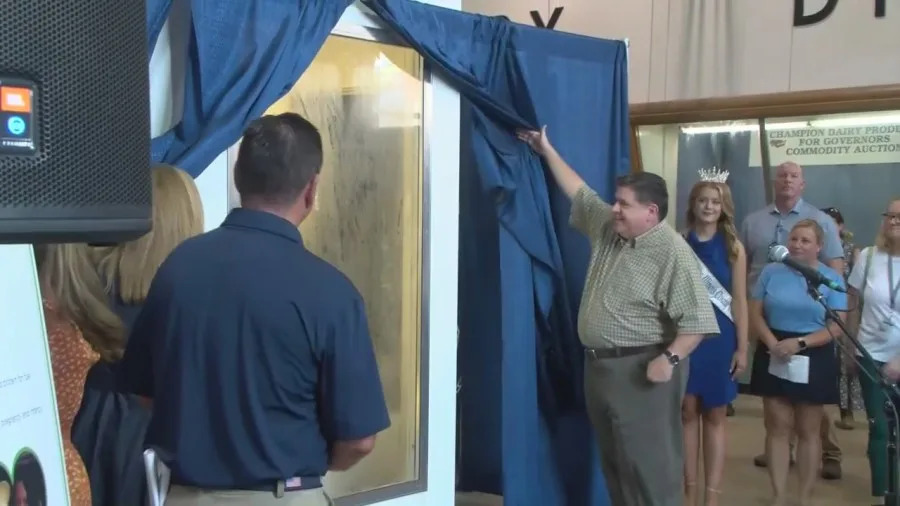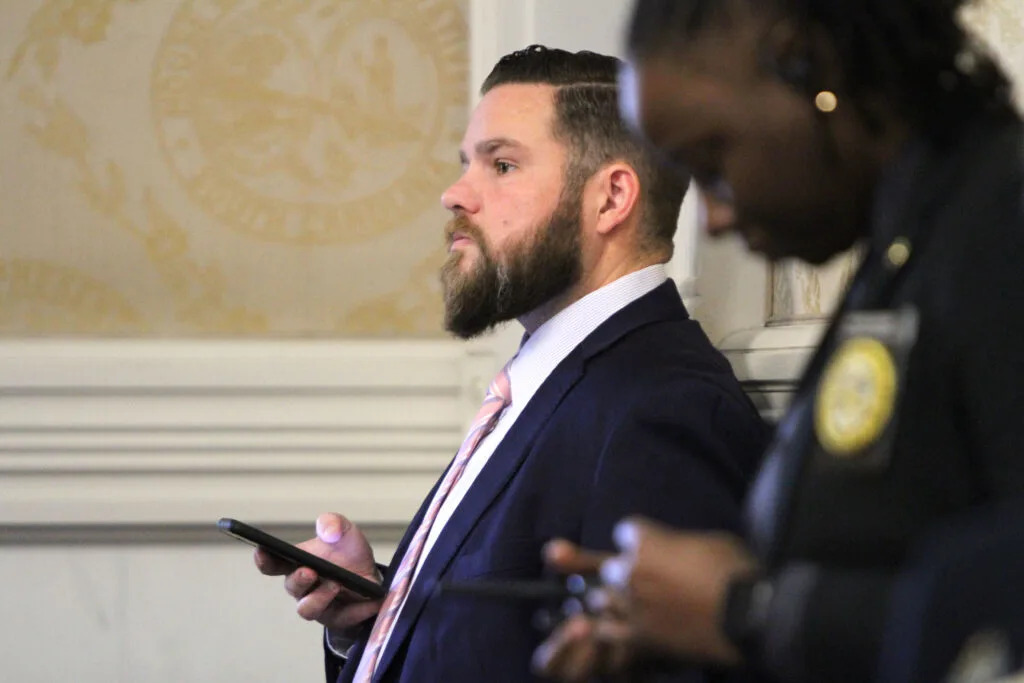Your Florida Power & Light bill may be going up soon.
On Aug. 11, FPL will argue before the Florida Public Service Commission (PSC) for a rate increase proposal that could cost the average customer $100-$200 more a year by 2029 in the biggest rate hike in Florida and U.S. history.
The rate hike that FPL proposed in February would bring the utility company $8.9 billion more from 2026 through 2029, which could rise above $10 billion if FPL gets the authority it requested to raise rates again when it brings new solar and battery projects online in 2028-29.
The hearing, which will be broadcast live on the PSC website, should take about 10 days, according to Walt Trierweiler, head of the Florida Office of Public Counsel, which represents the public in utility-related decisions.
J.T. Young, the vice president and general manager of FPL Northwest Florida, said the rate hike request is needed as FPL prepares for future growth and more diversity in its energy production.
"We're filing on behalf of our six million customers," he said. "Overall we must be prepared for growth across the state to provide reliable services and make smart investments on behalf of our customers."
How much will my FPL bill go up?
That's before the other monthly fees are added, which can include fuel surcharge increases, nuclear cost recovery, environmental and energy charges, storm hardening and storm restoration recovery charges.
Residential customers can calculate how the proposal would affect their individual bills with the calculator feature at FPL.com/answers.
Northwest Florida customers would see a smaller initial hike but beginning in 2027, FPL customers across Florida will pay the same rates, FPL said.
"Overall, FPL projects that, even with the proposed rate adjustment, residential customer bills would remain well below the national average and below many other Florida utilities," FPL said in a February release. "When adjusted for inflation, the typical 1,000-kWh residential customer bill in January 2026 under FPL's proposal would be about 20% lower than it was 20 years earlier, in 2006."
In the second-quarter report for 2025, NextEra Energy, FPL's , reported that FPL saw six-month net income of $1.275 billion, a 3.49% increase over the same period last year.
FPL customers already paying hurricane surcharge
Starting in January, FPL customers saw a hurricane surcharge, which comes out to $12.02 added to a typical 1,000- kilowatt residential bill. It was approved by the PSC last year to cover costs from 2024 hurricanes Debby, Helene and Milton and from 2023's Hurricane Idalia and runs through the rest of the year.
FPL proposal facing opposition
Multiple groups have sprung up to oppose the rate hike including Floridians Against Increased Rates, AARP and several local environmental and consumer advocacy groups, along with attorneys representing entities such as the United States Air Force and Walmart.
Aside from the extra costs, one big argument against the hike is that the primary beneficiary will be FPL stockholders, and that the FPL’s proposed Tax Adjustment Mechanism would allow the utility to take customer payments collected for federal inciome taxes and use them for shareholder dividend payments, according to paperwork filed with the Public Service Commission.
Electricity costs going up nationwide
Americans nationwide have been paying more for electricity this summer due to extreme temperatures and a rise in power-hungry data centers needed to support the surge in so-called "artificial intelligence" usage.
Power demand from data centers in the U.S. is expected to nearly triple over the next three years, consuming as much as 12% of the country’s electricity, according to a Department of Energy-backed study, as reported by Reuters. There are currently 126 data centers in Florida, mostly in the Miami and Tampa areas, according to datacentermap.com.
According to data from the U.S. Energy Information Administration, Florida has seen a 10% increase for average residential electricity prices from May 2024 to May 2025.
How many customers does FPL have?
FPL has about 6 million accounts, serving more than 12 million people in 43 of Florida's 67 counties, the company said.
"FPL has added about 275,000 customer accounts since 2021 (current rates were approved in a plan covering 2021-2025) and expects to add about 330,000 more through the end of 2029, which will require significant new generating capacity and distribution infrastructure to meet demand in one of America's fastest-growing states," the company said on its website.
FPL is "America's largest electric utility ... and serves more customers and sells more power than any other utility," the company said.
This article originally appeared on Fort Myers News-Press: Florida Power & Light seeking $8.9 billion rate hike through 2029








Comments